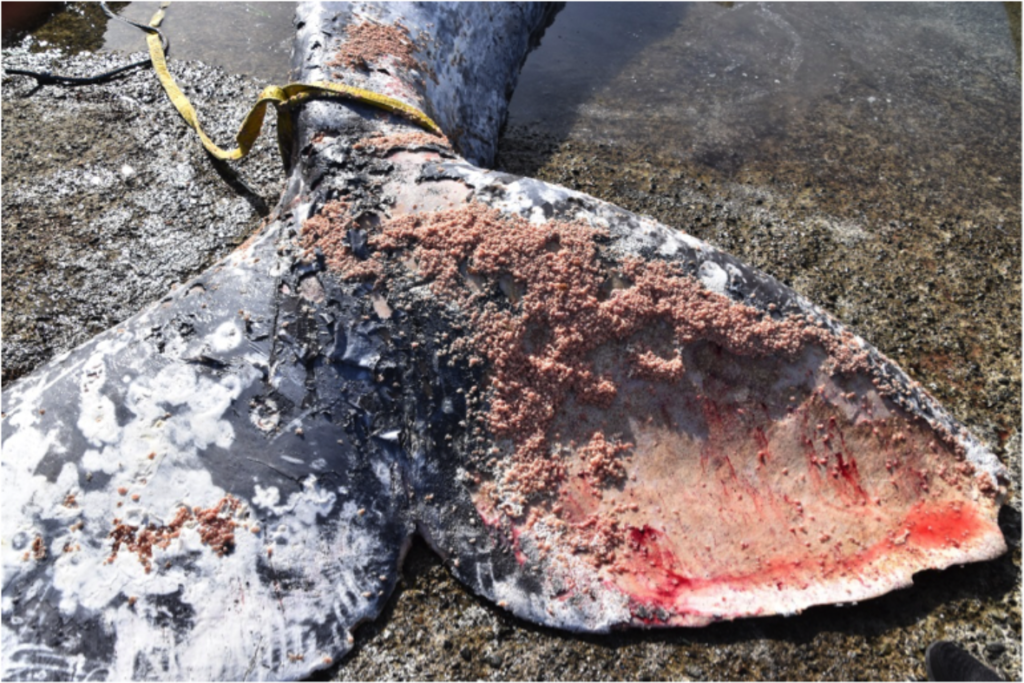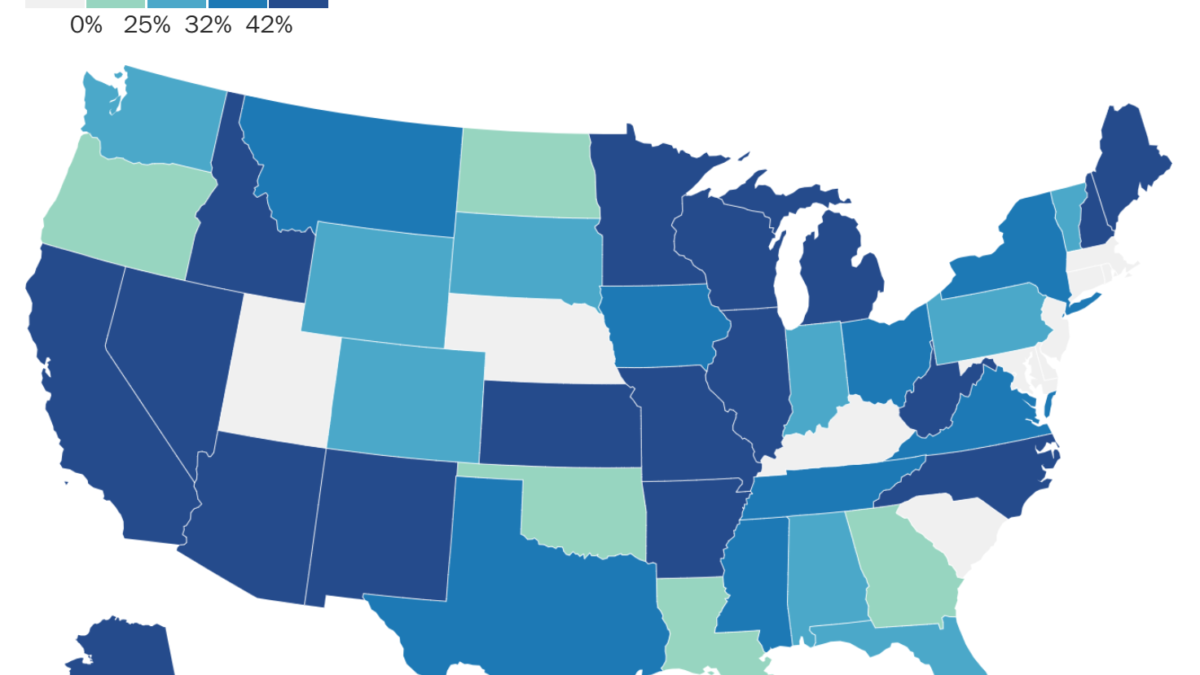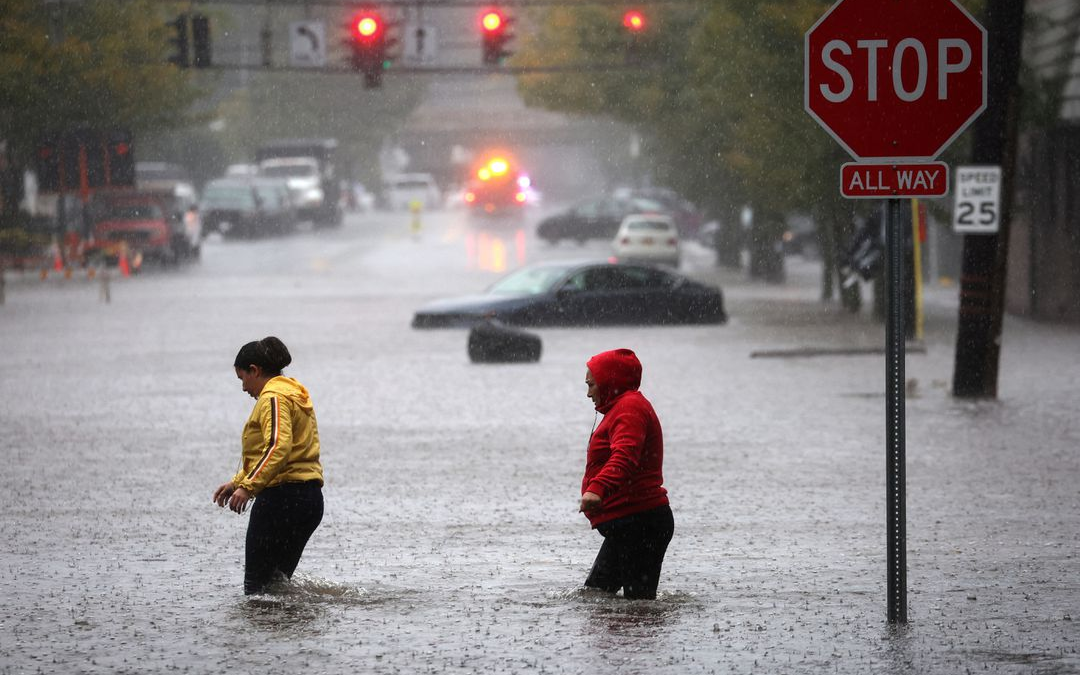In 2019, 214 grey whales washed up dead on the West Coast of North America – “They get eaten alive”

By Lisa Johnson
28 December 2019
(CBC News) – The first grey whale found dead in B.C. last year was in such rough shape that someone called to report it was tangled up in a big pink buoy.
The pink wasn’t plastic, officials learned when they arrived to tow the skinny male to shore near Victoria for a necropsy last April.
It was the animal’s own tail, eaten raw by whale lice.
Two weeks later, another, off Tofino. Then the islands of Haida Gwaii, where a total of six would wash ashore this year. The epic migration the whales make every spring — more than 10,000 kilometres from breeding lagoons in Mexico to a summer feeding in the Bering Sea — had turned deadly.
“It was quite disturbing to see,” said Paul Cottrell, regional marine mammal co-ordinator with Fisheries and Oceans Canada. “When they become compromised, their immune system is obviously not able to deal with that, and they get eaten alive.”

“We had these kind of zombie whales swimming in our waters.”
By year’s end, 11 were stranded in B.C., where there are normally just one or two.
Along the migration route from Mexico to Alaska, the toll reached 214 dead whales — and those are just the ones that washed up. The true die-off is unknown, possibly between 1,000 and 2,000 whales.
The underlying cause — whether an undiscovered pathogen, or the changing climate of the Arctic where they feed — remains a mystery.
In May, the U.S. National Oceanic and Atmospheric Administration declared an “unusual mortality event,” or UME, and launched a special investigation with a cross-border team of scientists. Since then, the issue has faded from the headlines, but the scientists have quietly continued that work.
And as recently as last month — when the migrating whales should be “fat and healthy” on their way south — skinny whales were still washing up dead. [more]


